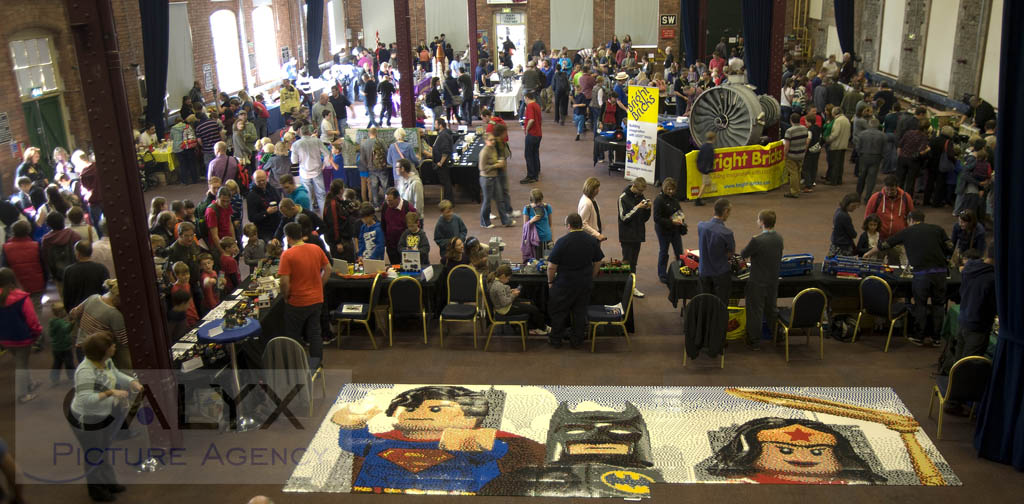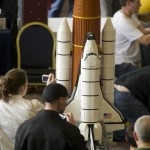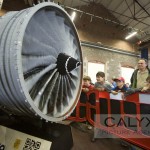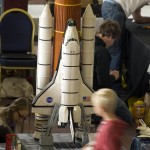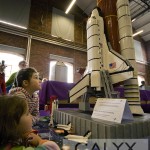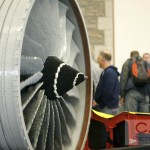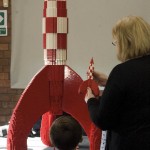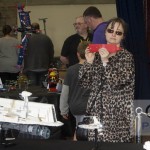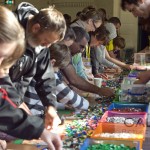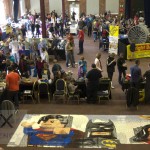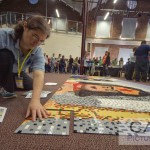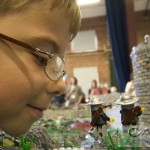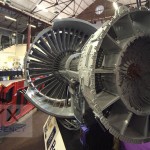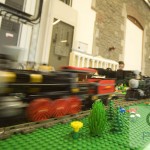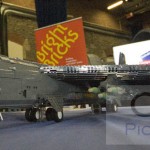If you visit our other site Sportswindon.com you will notice that from time to time, we take a sport and describe it in layman’s terms. We are following the example, so what is Lego® and how did we all get about 70 bricks each??
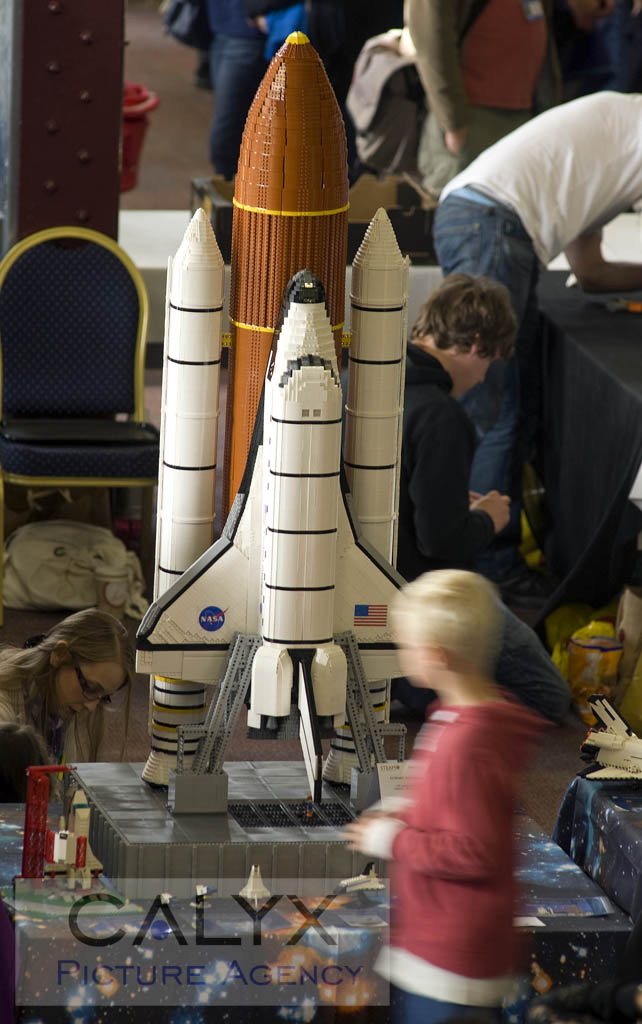 Swindon has one of the biggest gathering of Lego® in the UK at Steam Museum each year in the Great Western Lego Show with some amazing models made out of plastic bricks.
Swindon has one of the biggest gathering of Lego® in the UK at Steam Museum each year in the Great Western Lego Show with some amazing models made out of plastic bricks.
Lego® is a popular line of construction toys manufactured by The Lego Group, a privately held company based in Billund, Denmark. The company’s flagship product, Lego®, consists of colourful interlocking plastic bricks and an accompanying array of gears, minifigures and various other parts. Lego® bricks can be assembled and connected in many ways, to construct such objects as vehicles, buildings, and even working robots. Anything constructed can then be taken apart again, and the pieces used to make other objects.
Lego® began manufacturing interlocking toy bricks in 1949. Since then a global Lego subculture has developed, supporting movies, games, competitions, and six themed amusement parks. As of 2008, around 400 billion Lego® parts had been produced; that is 62 for every person on the planet. (Give or take a few, it appears to be about the same number today.)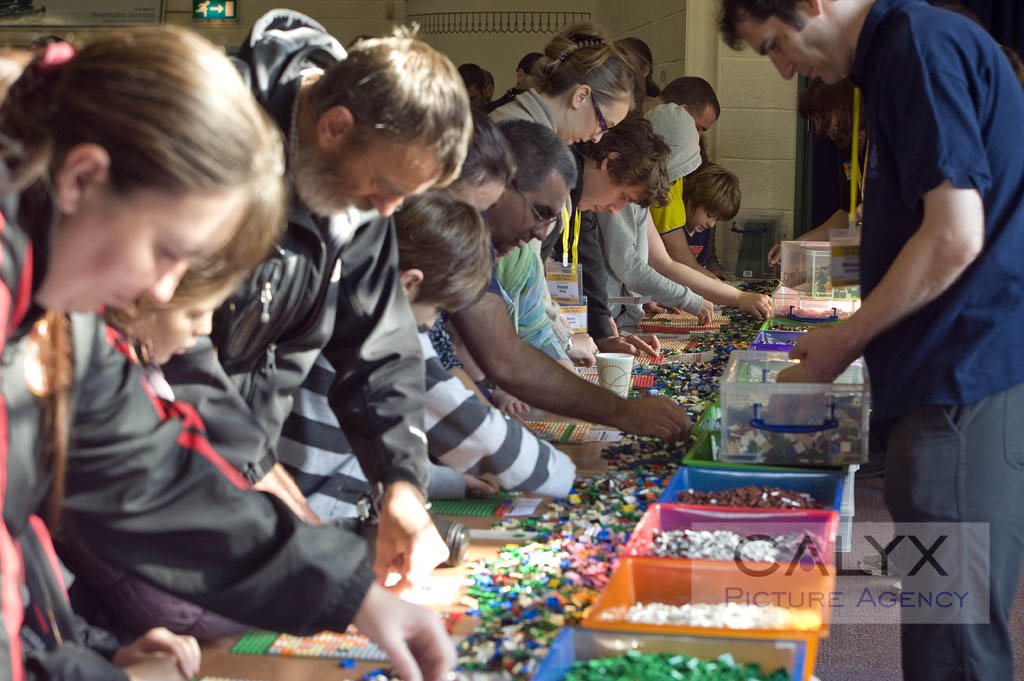
The Lego® Group began in the workshop of Ole Kirk Christiansen (born 7 April 1891), a carpenter from Billund, Denmark, who began making wooden toys in 1932. In 1934, his company came to be called “Lego”, from the Danish phrase leg godt, which means “play well”
It expanded to producing plastic toys in 1947. In 1949 Lego® began producing, among other new products, an early version of the now famous interlocking bricks, calling them “Automatic Binding Bricks”. These bricks were based in part on the Kiddicraft Self-Locking Bricks, which were  patented in the United Kingdom in 1939 and then there released in 1947. Lego® modified the design of the Kiddicraft brick after examining a sample given to it by the British supplier of an injection-molding machine that the company had purchased. The bricks, originally manufactured from cellulose acetate, were a development of traditional stackable wooden blocks that locked together by means of several round studs on top and a hollow rectangular bottom. The blocks snapped together, but not so tightly that they required extraordinary effort to be separated.
patented in the United Kingdom in 1939 and then there released in 1947. Lego® modified the design of the Kiddicraft brick after examining a sample given to it by the British supplier of an injection-molding machine that the company had purchased. The bricks, originally manufactured from cellulose acetate, were a development of traditional stackable wooden blocks that locked together by means of several round studs on top and a hollow rectangular bottom. The blocks snapped together, but not so tightly that they required extraordinary effort to be separated.
Cpoy taken from: http://en.wikipedia.org/wiki/Lego
So did Steam have over a million bricks? Here are some images of the show.


